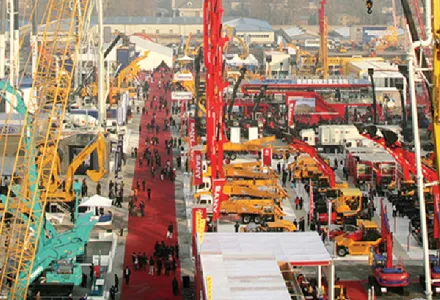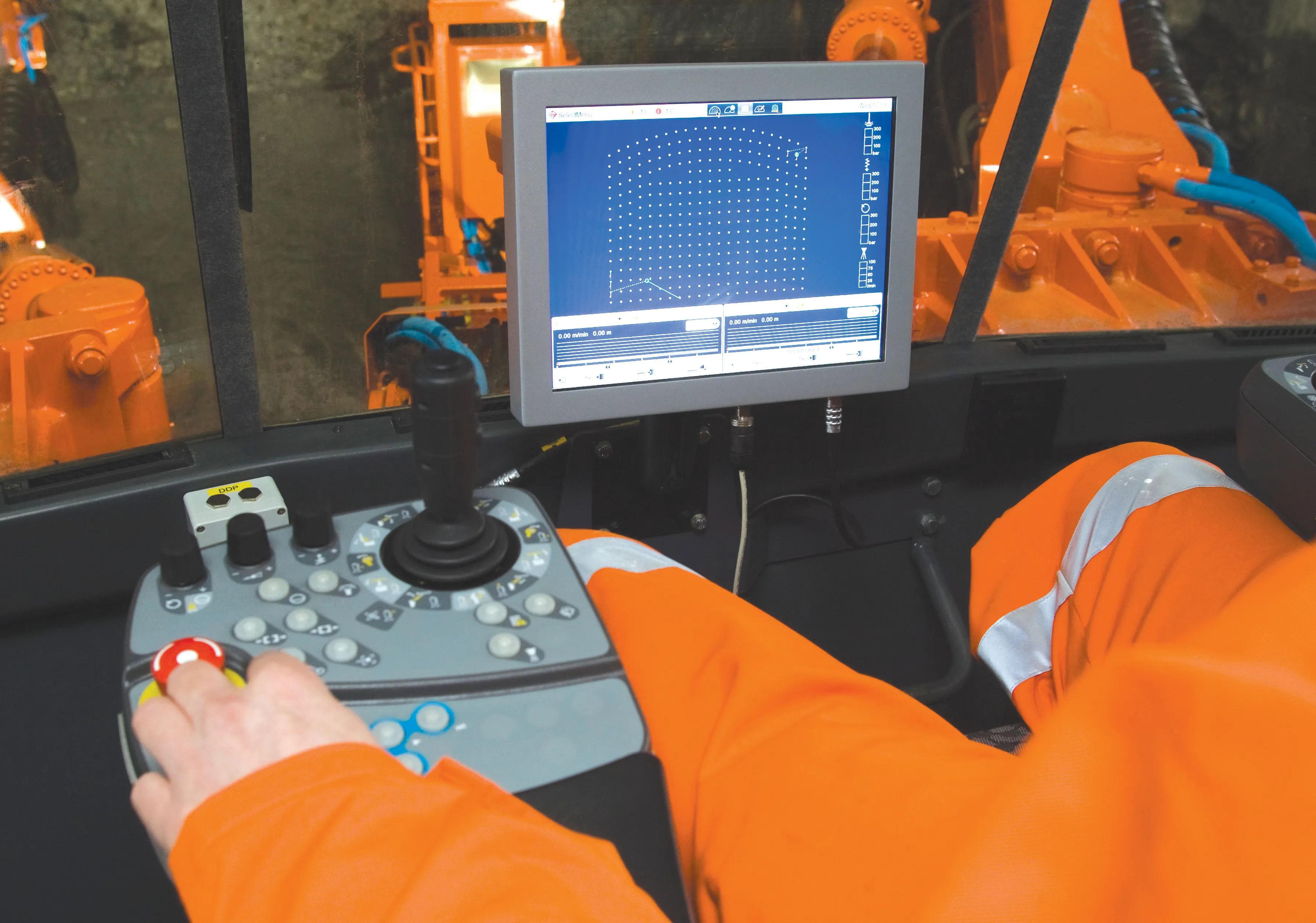Sandvik is merge its Sandvik Mining and Sandvik Construction operations into one business area, which will be called Sandvik Mining and Rock Technology. The various operations of this new division will be organised in a de-centralized business model. It will have separate product areas based on the product offering. Each product area will have full responsibility and accountability for its respective business.
March 16, 2016
Read time: 2 mins
"Products developed for the customer segments mining and construction are based on common technologies with a similar aftermarket offering. In addition, manufacturing units are already largely shared with to some extent shared front line resources. By joining the operations into one business area we achieve a leaner and more efficient structure. The decentralized business model enables an even clearer focus and faster response to our customers," said Björn Rosengren, Sandvik´s president and CEO.
The new structure will be effective as from 1st July 2016 and Lars Engström, currently President of Sandvik Mining has been appointed president of the new business area, Sandvik Mining and Rock Technology. Dinggui Gao, president of Sandvik Construction will leave the company as of 1st July 2016.
Further details on the new structure will be included in the presentations at the upcoming Sandvik Capital Markets Day on 24th May 2016.







